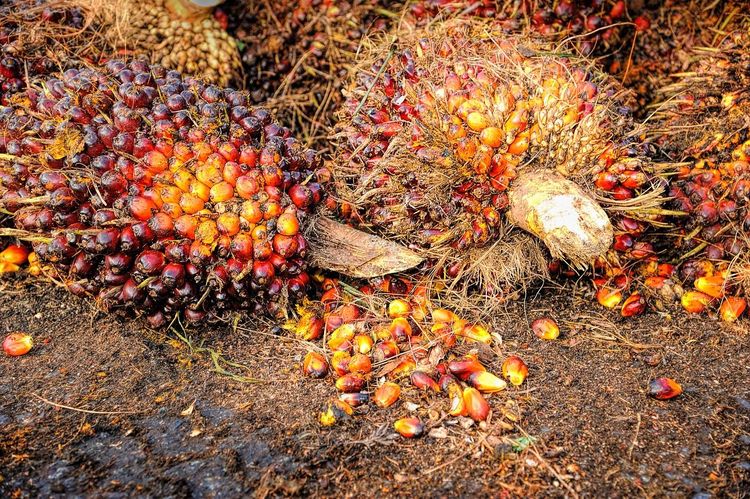Where Are Mexico’s Strawberries Going to Go?
In Mexico, as in the US, groceries are getting more expensive because of COVID-19, but the pandemic is not necessarily the direct cause. The wholesale price of strawberries in Mexico, for instance, has climbed sharply this spring, but it started rising in February, well before the coronavirus really became a major issue in the country.
In fact, the rise in wholesale strawberry prices was driven by a precipitous fall in the peso, which is currently at an all time low relative to the US dollar.
Since Mexico exports a significant proportion of its fresh produce to the US, wholesale buyers in Mexico are essentially bidding against US importers, and as can be seen in this display, shipping point prices into the US are within normal range this year. The fall in the value of the Mexican peso vs the US dollar, however, means this translates into a higher peso price than in prior periods. Meanwhile, retail prices of strawberries in the US have been trending below average this year (relative to their average price since 2007).
Mexico is growing more strawberries than ever—production has been rising for several years and spiked sharply at the start of 2020. As can be seen in this display, Mexico supplies the vast majority of the strawberries imported into the US, and has benefited from the US substituting imports for domestic production.
With production at a record high, domestic prices in their largest export market down, and the currency weak, one has to ask: Where are all of Mexico’s strawberries going to go?

Gro has wholesale price data for fresh produce from SNIIM that is categorized by origin, packaging, and quality. The left chart highlights wholesale prices traded between Michoacán, the main strawberry producing state, and two Mexican markets. In 2020, these prices have been at or near record highs between March and May. In the right chart, the green bars show rising strawberry production in Mexico, and the blue line shows US imports from Mexico.
This insight was powered by the Gro platform, which enables better and faster decisions about factors affecting the entire global agricultural ecosystem. Gro organizes over 40,000 datasets from sources around the world into a unified ontology, which allows users to derive valuable insights such as this one. You can explore the data available on Gro with a free account, or please get in touch if you would like to learn more about a specific crop, region, or business issue.
 Insight
InsightPrices Surge for Cocoa, Coffee, and Other ‘Soft’ Commodities
 Insight
InsightPalm Oil Production Set to Rise as Crop Dodges the Impact of El Niño
 Insight
InsightUSDA Further Trims Brazil Corn and Soybean Production Forecasts
 Insight
Insight

 Search
Search